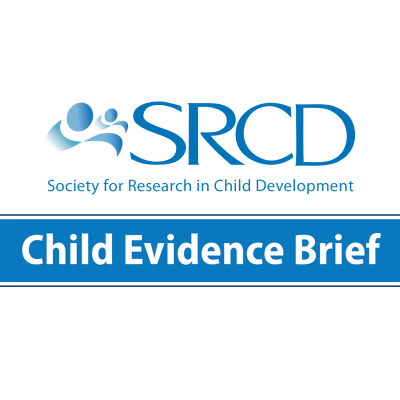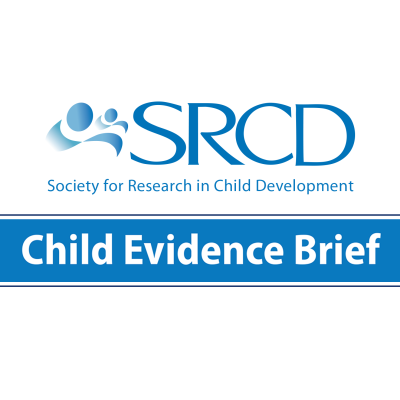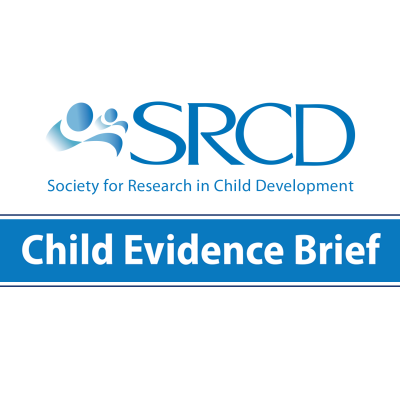Military and Veteran Families and Children: Policies and Programs for Health and Development
Social Policy Report Brief: Volume 28, Issue 3
Why Does This Matter?
Since 2001, more than 2 million Americans have served in the Afghanistan and Iraq Wars, and more than 2 million military children have been separated from their parents because of deployments. Many families have seen multiple deployments, and have struggled with combat-related physical injury, mental health problems, or a parent’s death, all of which may affect children and families for years. As combat deployments decrease, we must continue to meet the longer-term needs of military service mem- bers, veterans, adult family members, and their children.
Effective policies and programs are needed that build on individuals’ inherent strengths to maintain resilience, enhance health and positive development, and address the possible negative effects of deployment and reintegration.
Policy Implications
The United States needs a national plan to meet military and veteran families’ needs:
- Families respond to deployments differently: Many are distressed but can sustain health and wellness, while others are severely stressed. This range calls for a strategy that supports health, screens for risk, and engages those struggling most.
- We need broad prevention strategies, including universal prevention that develops resilience-enhancing skills to sustain families through challenges and targeted strategies that help families experiencing multiple deployments, combat-related injuries, post-traumatic stress disorder, or a parent’s death.
- The plan should enhance existing care systems for families of active duty personnel and veterans, including National Guard and Reserve. Programs should not only be on or near military installations, but in schools, child care programs, faith-based organizations, and health systems, and should include mental health and employment services for spouses.
- Federal agencies should gather evidence on programs that help families immediately and in the long term.
- Service providers should ask children and adults about military connections; those who work with military families should be educated about pertinent issues specific to the experiences of this population.
- Because of military families’ racial, ethnic, and cultural diversity, and the increased roles open to women, flexible programs and policies appropriate to a range of backgrounds are needed.
What the Research Says
- Military families have common values that instill individual and community strength. But when faced with deployments and war’s consequences, service members and their families are at greater risk for distress, emotional and behavioral problems, and poorer family functioning. These problems increase with cumulative deployments and in the presence of combat-related disorders or conditions.
- Children with a deployed parent are at greater risk of maltreatment. This may occur because deployment temporarily creates single-parent families; a risk factor for child neglect.
- Deployment affects children differently at different developmental levels. It may be particularly stressful for children under 5, who depend on parents to meet most of their needs.
- The mental health and capacity of parents or caretakers relates strongly to how well children adapt to the stress of deployment, underscoring the benefit of family-centered interventions.
- For many families, the most stressful part of
- the deployment cycle is not the long months of separation but the post-deployment period, when service members come home from war and must be reintegrated into families whose internal rhythms have changed and in which children have taken on new roles.
Facts at a Glance
- While researchers often define military families as the spouses and dependent children (22 and younger) of active duty, National Guard, and Reserve service members, the experiences of military life may affect families and children after service members leave active duty. Therefore,
- it is important to broaden definitions to include veterans and their children and families.
- Military spouses and children outnumber service members by a ratio of 1.4 to 1. Forty percent of all military children are under 5. The health of the military community relies on the health of all of these family members.
- Compared with civilians, service members
- marry younger and have children earlier. Due to job requirements, military families move more frequently than civilians, and service members are often separated from their families for months at a time.
- The Department of Defense runs what is believed to be the nation’s largest and one of the most highly regarded employer-sponsored child care systems, serving 200,000 children daily and involving nearly 23,0000 workers.
This brief summarizes a longer Social Policy Report, "Military and Veteran Families and Children: Policies and Programs for Health Maintenance and Positive Development," by Col (Ret) Stephen J. Cozza, Professor of Psychiatry and Associate Director of the Center for the Study of Traumatic Stress at the Uniformed Services University of Health Sciences; Richard M. Lerner, Bergstrom Chair in Applied Developmental Science and Director, Institute for Applied Research in Youth Development at Tufts University; and Ron Haskins, Senior Editor, The Future of Children, and Senior Fellow in Economic Studies and Co-Director of the Center on Children and Families at The Brookings Institution. The longer Social Policy Report expands on the fall 2013 issue of The Future of Children, issued by Princeton University and the Brookings Institution.


